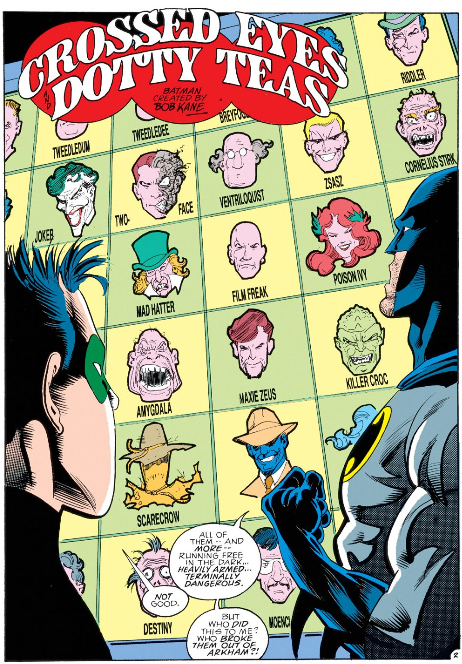The second season knows what the audience is waiting for.
From the moment it was announced that the lead-up to The Defenders would include standalone series for Luke Cage and Iron Fist, fans anticipated the pairing of Luke Cage and Danny Rand. Even before Luke Cage, let alone Iron Fist, had premiered, fans were clamouring for a team-up miniseries. As early as November 2016, following the release of the first season of Luke Cage, actor Mike Colter was teasing the inevitable collaboration between these two character, “Yeah, we’re getting ready to do Heroes For Hire eventually, come on. We’re gonna do it.”

There’s a credible argument to be made that comic book fans were more excited about seeing Luke Cage and Danny Rand on screen together than they were to see the characters teamed up with Matt Murdock or Jessica Jones. After all, the characters have a long shared history. Both originated as part of Marvel’s engagement with exploitation cinema during the seventies, thrown together into the same comic book as a pairing when neither character could keep a solo title afloat. Iron Fist and Power Man merged together to launch Power Man and Iron Fist in April 1978.
The unlikely combination of grounded bulletproof black man and aloof rich white kung-fu master stuck a chord with audiences, creating a comic book that was utterly unlike anything else on stands. While neither character could sustain a solo book for an extended period, Power Man and Iron Fist sold well enough that it went from a bimonthly title to a monthly book in May 1981. The series ran for seventy-six issues, finally retired in September 1986, reflecting the changes in an industry about to be rocked by Watchmen, The Dark Knight Returns and Crisis on Infinite Earths.

Danny Rand and Luke Cage have a long shared history together. Still, it is remarkable that Luke Cage managed to pull off this minor organisational feat. Barring Luke’s introduction in the first season of Jessica Jones and Frank Castle debut in the second season of Daredevil, Marvel Netflix series generally focus on crossovers of supporting cast members: Jeri Hogarth appearing in A Cold Day in Hell’s Kitchen, Rolling Thunder Cannon Punch, Eight Diagram Dragon Palm and Dragon Plays with Fire or Foggy Nelson appearing in AKA Sole Survivor and All Souled Out.
Still, Danny Rand’s guest appearance in The Main Ingredient might be the best thing that has been done with this iteration of the character.

Filed under: Television | Tagged: chris claremont, comic books, continuity, crossover, cultural appropriation, danny rand, finn jones, iron fist, jo duffy, luke cage, mysticism, power man, Power Man and Iron Fist | 1 Comment »






































